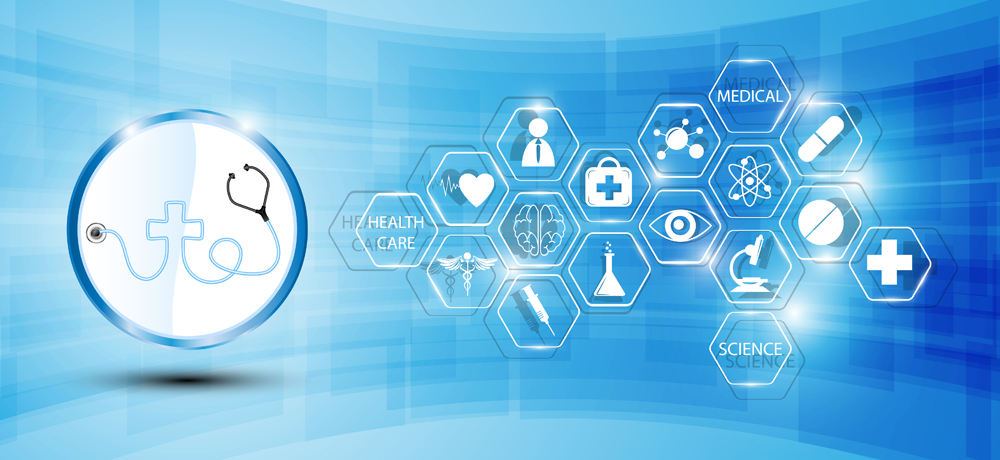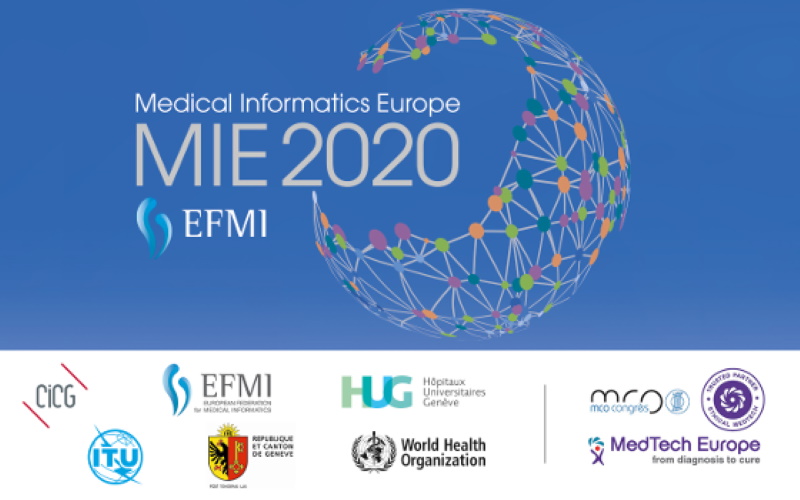A new study published in the Journal of Participatory Medicine highlights how the steady progress of digital technology has reshaped the patient experience, giving individuals more agency in managing their health. Titled “From Internet to Artificial Intelligence (AI) Bots: Symbiotic Evolutions of Digital Technologies and e-Patients,” the paper examines how emerging tools have evolved alongside a more proactive, informed type of health consumer known as the “e-patient.”
An e-patient is someone who is “equipped, enabled, empowered, and engaged” when it comes to their personal health journey. This shift has been accelerated by a series of technological breakthroughs, ranging from the dawn of the internet to the rise of AI-driven tools. Together, these changes have redefined the traditional role of the patient—from a passive recipient of care to an active partner in the health system.
“Our findings reveal a clear pattern: each wave of innovation builds on the last, creating a more capable and connected patient,” explains Dr. Danny Sands, one of the study’s authors. “What’s happening isn’t just a matter of convenience. It’s a fundamental transformation of how patients and providers work together.”
The research outlines nine pivotal digital developments that have played a key role in patient empowerment:
- The Internet, which made medical knowledge and research widely accessible to the public.
- Email, which opened up easier, non-real-time communication between doctors and patients, reducing traditional communication barriers.
- Social media platforms, which fostered peer support networks where people could share experiences and advice.
- Electronic Health Records (EHRs), which improved both patient safety and confidence by centralizing clinical information.
- Patient portals, which gave users direct access to their health data, enabled secure messaging with providers, and simplified administrative tasks.
- Smartphones, which brought health apps, information, and monitoring tools into people’s pockets, making self-care more accessible.
- Patient-generated health data (PGHD) from wearable devices and home monitors, allowing individuals to contribute insights that enhance both self-management and clinical decisions.
- Telehealth services, which expanded care access—especially in mental health and lifestyle coaching—and removed geographic barriers.
- Artificial intelligence (AI), which is now helping people interpret their health records, navigate complex medical information, and make more informed decisions.
The study also notes that as patients become more engaged, they often drive further innovation by demanding tools that reflect their desire for transparency, customization, and shared decision-making. This creates a feedback loop where patient involvement fuels tech progress, which in turn enhances patient capabilities.
“At the same time, we must address important ethical concerns,” Dr. Sands cautions. “With technologies like AI, we face real questions about safety, privacy, and equal access—issues that must be carefully navigated.”
The authors conclude that this mutual evolution—between digital tools and empowered patients—is steering health care toward a more personalized, collaborative model. In this future, better communication, shared understanding, and coordinated care will define the experience, putting patients at the center of their own health decisions.
Reference:
Sands DZ, Finn NB. From Internet to Artificial Intelligence (AI) Bots: Symbiotic Evolutions of Digital Technologies and e-Patients. J Particip Med. 2025 Jun 4;17:e68911. doi: 10.2196/68911




